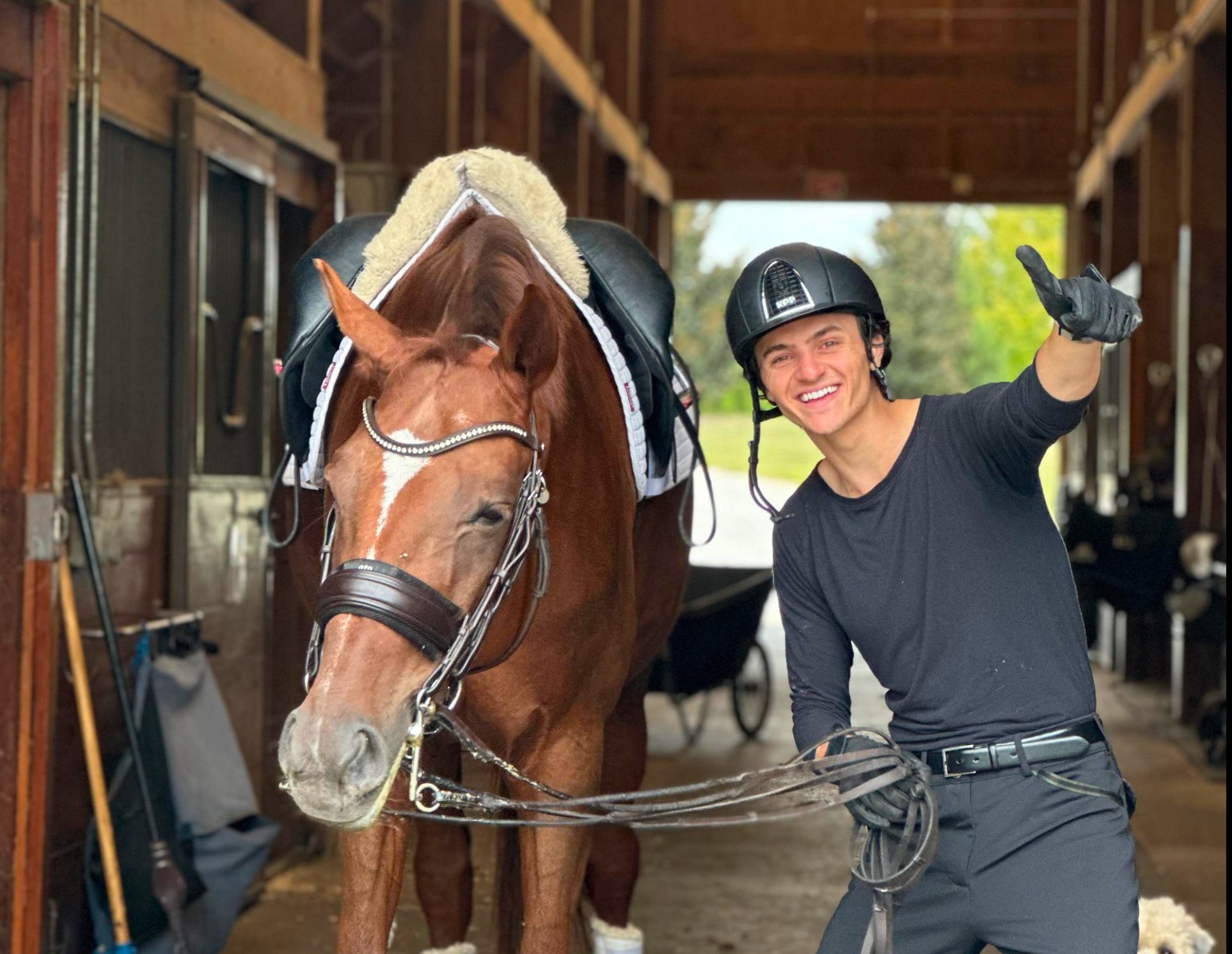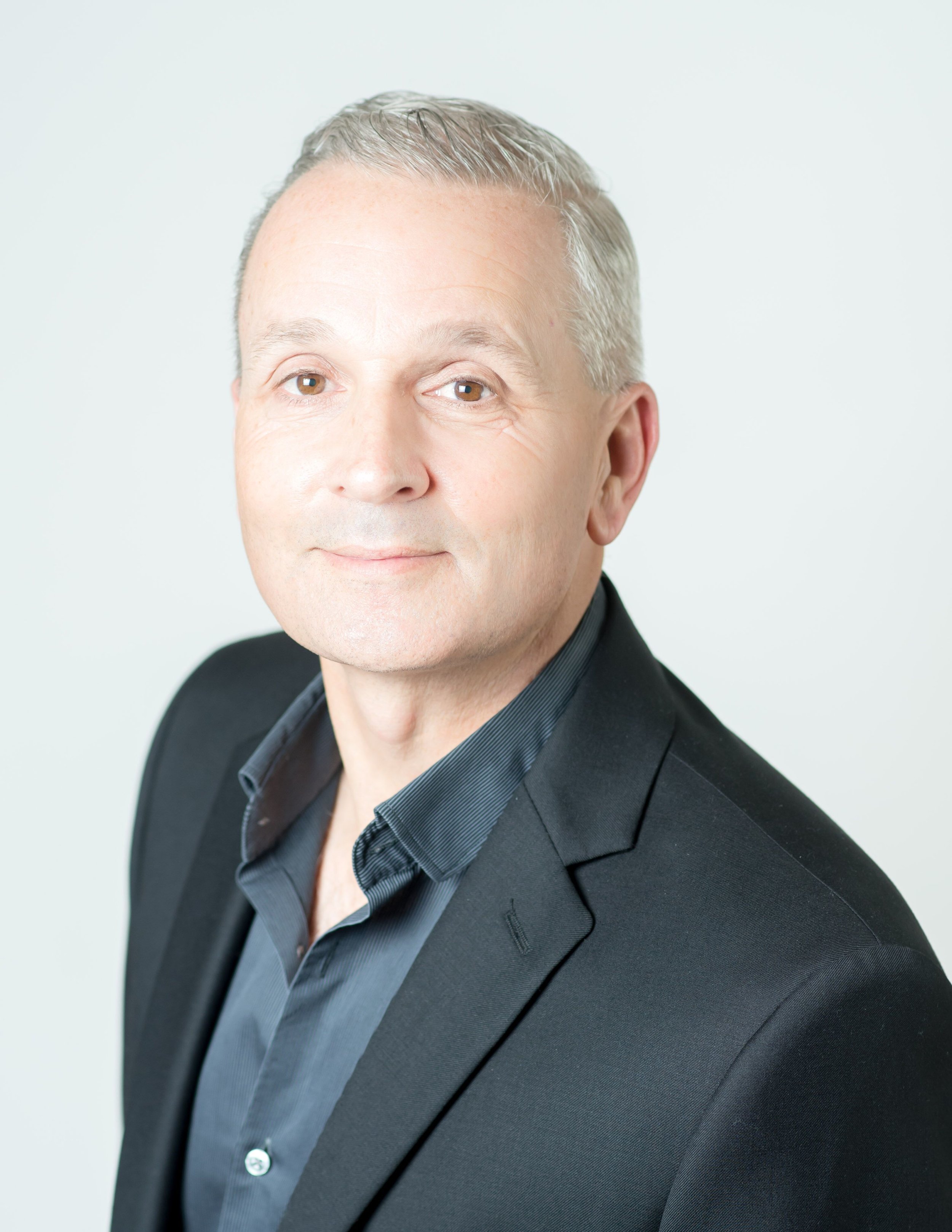PROVOCATION
The fitness industry continually reinvents itself through innovation, with trends like Jazzercise and Soul Cycle reshaping movement and wellness. Now, equestrian sports are on the verge of their own breakthrough—melding technology, expert coaching, and a focus on longevity to meet rising demand for accessible, holistic fitness solutions.
Equestrian riding requires rigorous, consistent training to achieve peak performance and minimize injury—but for urban athletes, access remains a major barrier. E-Horse solves this by offering a Manhattan-based, full-service equestrian fitness center, featuring advanced horseback simulators for both skill and fall safety, along with specialized trainers and wellness services.
With the fitness and gym sector forecasted to reach $35.3 billion by 2027 and the equine industry valued at $300 billion globally, E-Horse stands at the intersection of two dynamic markets. Flexible memberships and diverse class options expand reach, while exclusive simulator retail creates new revenue streams.
By fusing entertainment, technology, and lasting wellness, E-Horse is positioned to spark the next fitness revolution—making equestrian training smarter, safer, and more accessible than ever before.

The E-Horse -
The E-Horse -
FLOOR PLAN

Inconvenience
Living in New York presents a unique opportunity to rethink how equestrian skills are developed and enjoyed. Imagine transforming the time spent commuting to distant stables into meaningful, effective practice right in the heart of the city. With the E-Horse, riders can strengthen their technique, build fitness, and advance their skills on a reliable, state-of-the-art mechanical horse—no travel or scheduling obstacles required. The E-Horse offers a safe, controlled environment for mastering riding fundamentals, overcoming performance barriers, and boosting confidence, making it ideal for both competitive athletes and newcomers alike. By bringing this innovative technology to New York, city residents gain year-round, accessible training that helps maximize progress and invites more people to experience and excel in equestrian sports—regardless of prior experience or access to live horses.
SOLUTION
Establishing a comprehensive equestrian center in Manhattan will create a much-needed local training alternative for riders who lack regular access to their horses. Scheduled sessions on advanced mechanical horses will enable riders to precisely refine their form and techniques, with real-time feedback easily shared remotely with coaches to accelerate improvement.
The ability to safely replicate falls on a mechanical horse allows riders to practice proper falling techniques without risk, significantly reducing the likelihood of injury. Research shows that with appropriate training, up to 66% of riding-related injuries can be prevented. By simulating falls and horse movements, riders gain confidence in their reactions and develop safer riding habits. Additionally, specialized personal trainers will support targeted fitness programs focused on strengthening the key muscle groups essential for equestrian performance.
For beginners or those wishing to overcome horse-related fears, starting on mechanical horses offers a secure foundation, instilling safety and confidence before transitioning to live horses. The combination of biomechanics training and fitness services is designed to enhance flexibility, resilience, and body awareness—ultimately minimizing injury risk and maximizing rider potential in an urban setting.
MISSION
E-Horse is dedicated to empowering riders of all skill levels by providing state-of-the-art riding simulation technology for skill development, fitness, and confidence-building—right in the heart of New York City. Our mission is to ensure that every participant feels safe, comfortable, and inspired, while enjoying access to high-quality training regardless of location or prior experience. By fostering a welcoming and supportive environment, E-Horse aims to make equestrian pursuits accessible and enjoyable for everyone.
VISION
E-Horse envisions becoming New York’s premier destination for competitive equestrian training—empowering riders of all levels to advance their skills and reach new heights of performance. By integrating cutting-edge mechanical horse technology with a comprehensive fitness center, E-Horse delivers a holistic approach to rider development, combining specialized training, expert guidance, and supportive services tailored to maximize each individual’s potential. The goal is to redefine urban equestrian sport by making advanced, results-driven training accessible, inspiring, and effective for every rider in the community.

Why The E-Horse?
Competitive equestrian riding requires more than the efforts of a strong horse. Those who develop the skills to take their game to the top understand that it takes hours on the field or in the arena to learn how to move perfectly with your equine partner over a jump and to coordinate the additional motions needed for sports like polo. Equine-related sports, like any other activity, carry a degree of risk.
However, horse riding has a higher injury risk than sports like football, motor racing, or skiing. Equestrian athletes have a higher falling risk. These falls have led to serious injuries, including a polo player who tragically lost his life during a tournament in which Mr. Pia was also competing. Many of these injuries can be prevented with the proper training and practice.
Mastery in jumping, polo, and other equestrian disciplines requires dedicated, repetitive practice and seamless communication between athlete and horse.
The Market
In the world
U.S.A : $102 billion
Europe : $133 billion
Canada : $16 billion
Australia : $5 billion
UK : $6.2billion
Ireland : $1.3billion
China : $1.58billion
USA
7 millions Americans directly involved in the industry.
2 millions owning horses.
Clubs
As of 2025 there are 1,158 Polo clubs.
221 in the USA
Players
24,000 players worldwide
5.300 USA
6,000 Argentina
2.800 England
Patron Polo: cost between $1 to 3 million per season.
Amateur polo players can spend $100,000 to $400,000. to participating in a season.
Horse Racing: market size was US$ 402.3 billion in 2022 and is projected to reach US$ 793.9 billion by 2030.
Show jumping horses at the competitive can be between $700,000 and $15 million
Gender & Age
Women in the equestrian industry 77.4%
Men in the equestrian industry 22.6%
A 37-year-old is the average age
Price List
Mechanical Horse
$199
1 Session
Mechanical Horse
$1.800
10 Sessions
Mechanical Horse
$250
1 Session + Pro
Mechanical Horse
$3.500
Monthly Sessions
Mechanical Horse
$10.000
Family Membership
Mechanical Horse
$3.000
Platinum Membership
Mechanical Horse
$2.000
Gold Membership
Mechanical Horse
$1.500
Silver Membership
Partnerships
-

Nacho Figueras
-

Jack La Torre
-

JOHN HAIME
-

Scott Anderson
-

United States Polo Association
-

USET Foundation
-

Katie Wood
-

Manhattan Riding Club
Financial Plan
The company’s expenses will encompass monthly rent, acquiring two advanced mechanical horses along with a specialized mechanical falling horse, and initial costs related to design and marketing campaigns. Furthermore, salary for staff will be covered through the first six months of operation to ensure smooth onboarding and business continuity.
Horses $ 250.000
Employees salary $900.000
Opening Expenses $850.000
Rent $750.000
Equipment $250.000
TOTAL: $3.000.000



